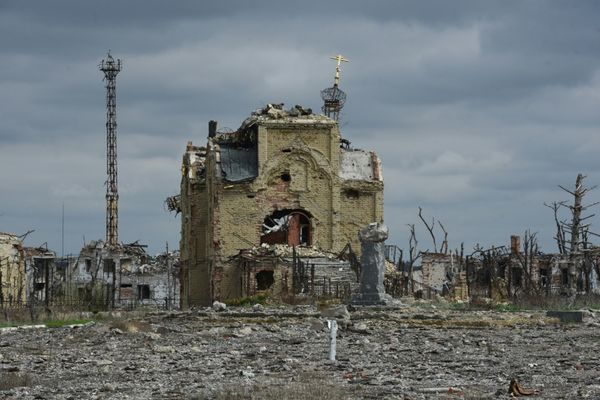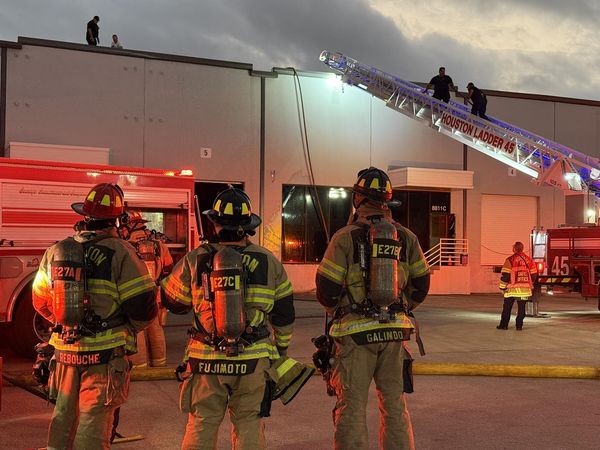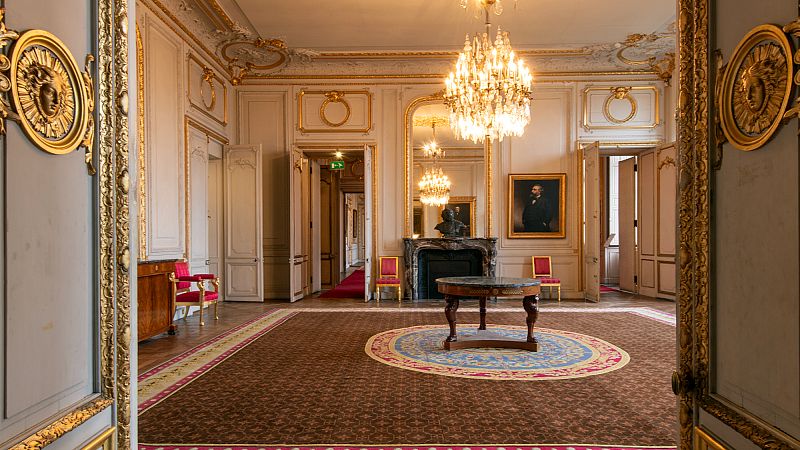
"You're always discovering new things with Versailles, it's never-ending!" enthuses Martine at the start of our tour.
The guide has been wandering the countless aisles of the château for 15 years now, but according to her, there are still many secrets to be revealed behind the thick walls.
Among them, the Salle du Congrès and the president's apartment, open to the public... But first things first.
Our visit begins under the gilding of the Royal Opera House, a place steeped in history and elegance. It was here that Louis XVI and Marie-Antoinette celebrated their wedding in 1770.
A century later, the parliamentarians of the Third French Republic (1870-1940) held their meetings here.
As the popular uprising set France ablaze, the château of the kings became a refuge for the republicans. Quite a symbol.
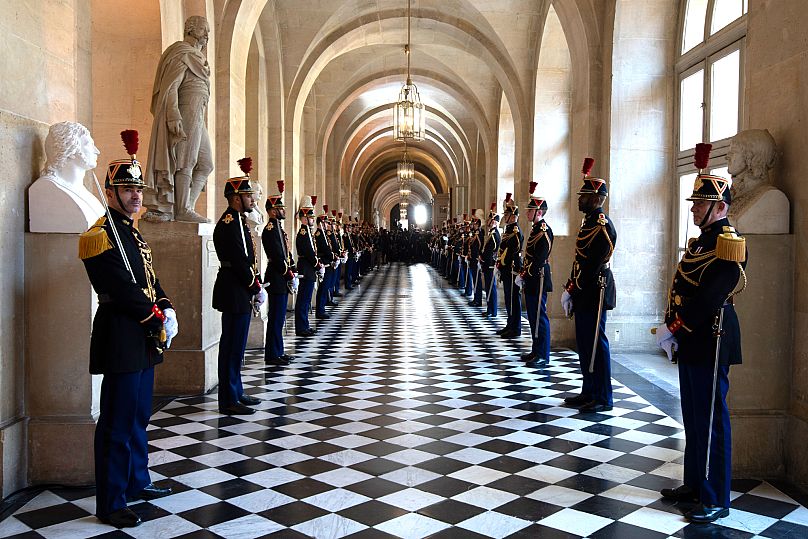
A president in the king's home
It is precisely this transition — both architectural and political — that is at the heart of a unique tour now available to the public to mark the 150th anniversary of the Wallon amendment.
This was the text that gave birth to the Senate and the National Assembly and introduced the election of the President by these two chambers. The Third Republic, until then a provisional regime, was then ratified.
"This is a somewhat forgotten episode in our political history," explains Christophe Leribault, President of the Château. "This visit gives us an opportunity to shine a spotlight on the still little-known Versailles of the 19th century."

The immense hemicycle known as the Salle du Congrès, built in 1875 to accommodate this new parliament, contrasts sharply with the Versailles of the Sun King. Gone are the lilies on a blue background, replaced by red velvet armchairs.
"We didn't expect to see this here at all," says Capucine. "It's a modern touch, and we look at the château differently," adds her mother, Florence.
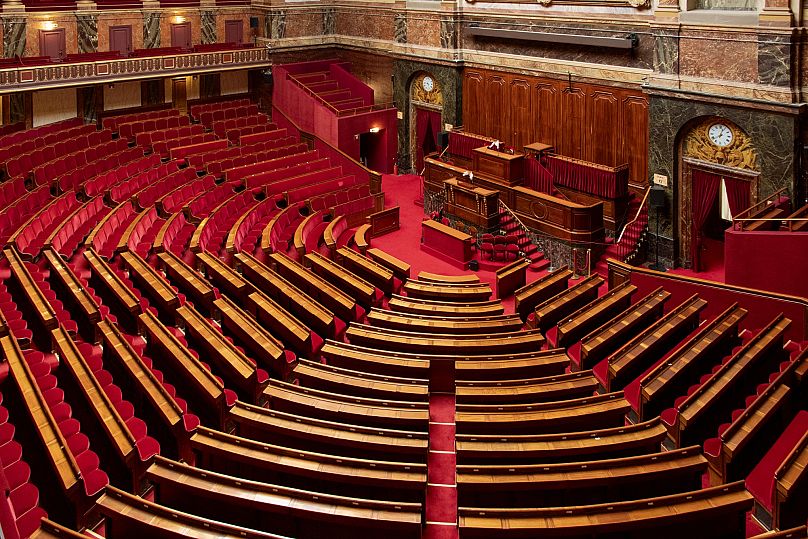
For the first time, the flat of the president of the Congress was also unveiled. This is where the ballot papers for the presidential election were counted. Fifteen presidents were elected at Versailles until 1954.
This flat is now used on rare occasions by the presidents of the National Assembly and the Senate.
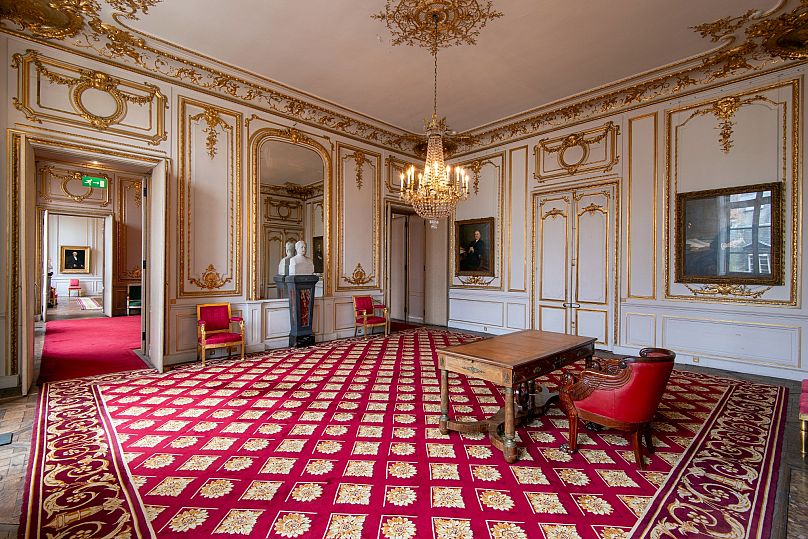
Bringing the French back to Versailles
Although MPs and senators eventually left Versailles to move back to Paris in 1879, the Third Republic left its lasting mark on the château.
It was only in the Versailles hemicycle that the French President could convene Parliament. It is here that the Constitution is enriched, as it was on 4 March 2024 when women's right to an abortion was enshrined in the constitution.
"It was my first day as President of the Château, and the place was buzzing with MPs, senators and journalists. That convinced me that these rooms had to be opened, because Versailles is more than just the Hall of Mirrors; it's a mecca of power and French history", recalls Christophe Leribault.
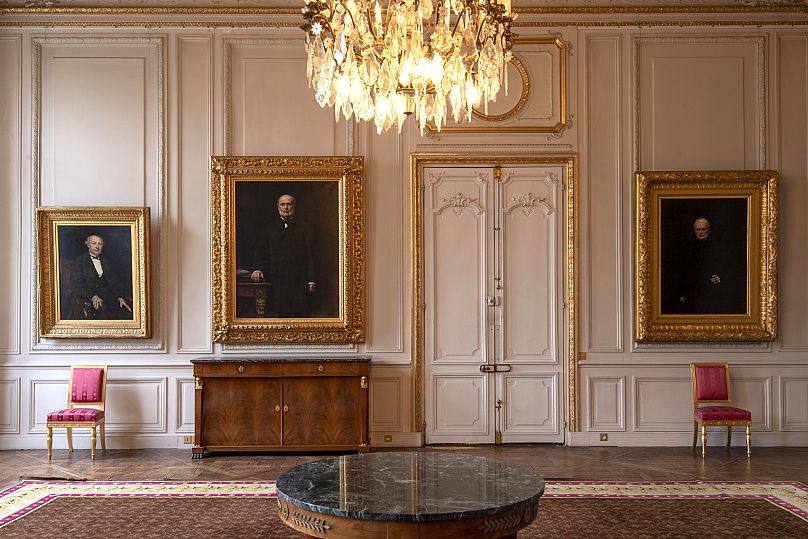
Some 8.4 million people visited the château last year. Of these, 80% were foreign tourists, and the President of the château is on a mission to change that.
"It's important to open other rooms so that French and Parisian visitors want to come back to Versailles," he says. "It's great that there are visitors from all over the world, but it's also important that this heritage remains ours".
Could this also be an opportunity to reconcile the French with a controversial site?
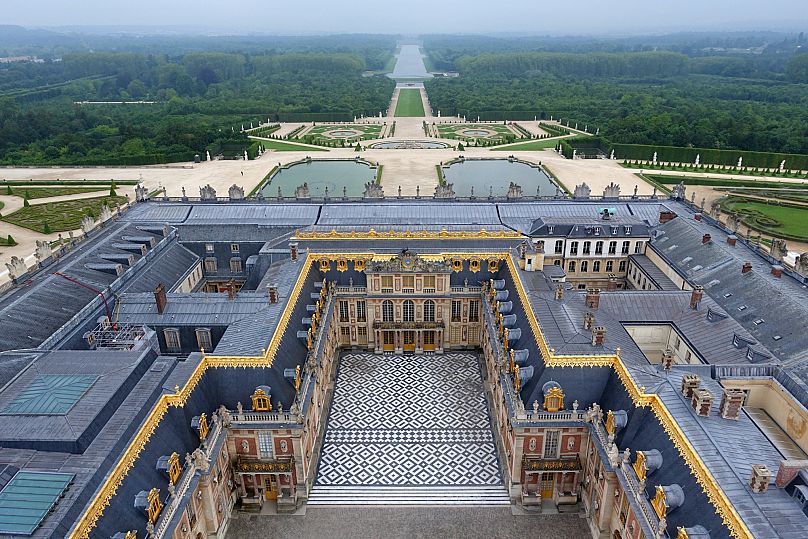
A legacy of power
Over the years, the Château de Versailles has become an invaluable tool and backdrop for French diplomacy. But it is also a politically dangerous place.
President Emmanuel Macron regularly pays the price for using it, and has been criticised for receiving heads of state and multinational bosses there with great fanfare.
"It can give off a rather blinged-out and haughty image, disconnected from reality," confides Denis, a regular visitor to the château.
That's the paradox of Versailles: a symbol of monarchical and republican power alike, at once reviled for its opulence and admired for its magnificence.
These fascinating and very French contradictions are brought to light in this original tour retracing 150 years of republican history.
The exhibition is open to the public every weekend, with guided tours on weekdays until the end of September.

